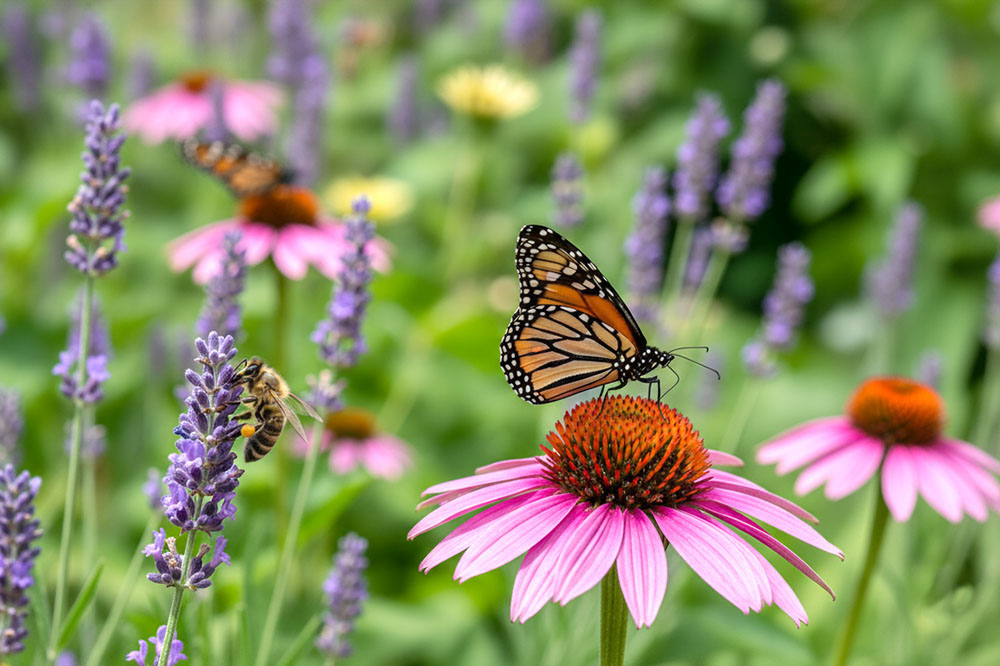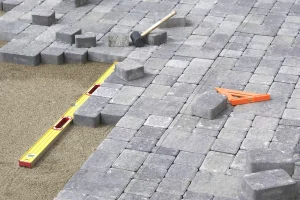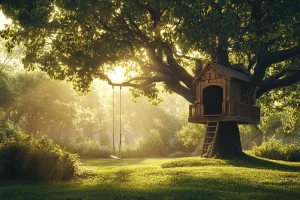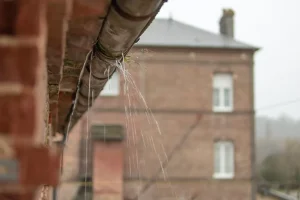What plants should I choose to attract pollinators like bees and butterflies to my garden?
A garden without pollinators feels oddly empty. Flowers open, but nothing arrives. No buzzing, no flutter of wings. It looks fine on the surface, yet something vital is missing. And if you’ve ever walked through a garden like that, you’ll know, it doesn’t feel alive.
Pollinators are the difference. They keep plants moving, growing, producing. Without them, crops falter, flowers fade faster, and the whole space loses its rhythm. The good news? You can invite them in. It isn’t complicated, but you do need the right plants.
What follows is a gardener’s guide to choosing the best plants for pollinators in the UK, built from years of watching bees, butterflies, and sometimes whole clouds of insects descend the moment the right flowers bloom. This is about building a garden that hums with life.
Why attracting pollinators matters
Pollinators aren’t optional extras. They’re nature’s workforce. Most flowering plants depend on them for reproduction, with around 75% of global crops relying on pollinators. In your garden, that means heavier crops of apples, tomatoes, beans, courgettes. Without pollinators, you might still get fruit, just fewer, smaller, and less reliable.
And then there’s the atmosphere. When bees thread through lavender on a warm afternoon, or a red admiral floats past to settle on a buddleja, it changes how the garden feels. You don’t just see plants. You see a living system.
How to choose pollinator-friendly plants
The trick isn’t planting one miracle flower. It’s variety. Different pollinators are attracted to different shapes, colours, and blooming times. A good garden offers something year-round, like a rolling buffet.
Keep these principles in mind:
- Choose natives where possible. UK pollinators recognise them instinctively. Foxglove, knapweed, and clover are classics.
- Look for nectar and pollen. Some fancy hybrids prioritise show over substance. Pollinators can tell the difference.
- Keep flowers coming. Cover early spring to late autumn so food is always available.
- Plant in clusters. Bees in particular prefer large clumps, easier to spot, less energy wasted.
- Leave out chemicals. Spraying insecticides on blooms is like leaving poisoned bait.
Best flowering plants for bees
Bees notice things you don’t. Colour wavelengths invisible to us stand out like neon signs to them. That’s why certain plants consistently pull them in:
- Lavender – In midsummer, lavender can turn into a buzzing festival. I once counted a dozen bees working one patch at the same time.
- Sunflowers – Their broad faces make excellent landing pads. Bees work across the central disc in neat spirals.
- Borage – Flowers refill with nectar quickly, which is why bees go from one to the next without pause.
- Coneflowers (echinacea) – Accessible nectar, wide petals, and tough plants that keep giving year after year.
- Foxgloves – A tunnel of nectar inside each bell. Bumblebees practically vanish into the flowers.
- Herbs like thyme and rosemary – Often overlooked, but bees love them. Let some herbs flower instead of cutting them back too early.
If you’ve ever wondered why your herbs seem busier than your ornamental plants, this is why. Bees are practical, they go where the food is.
Best flowering plants for butterflies
Butterflies are more delicate feeders, needing both nectar-rich flowers and larval food plants for caterpillars. Without the latter, they don’t stick around.
- Milkweed – Vital for monarchs, though less common in the UK. Still worth planting if you can.
- Butterfly bush (buddleja) – A summer magnet and one of the RHS top pollinator-friendly plants. I once saw five different butterfly species on the same bush in under five minutes.
- Zinnias – Easy annuals with bright colours. They seem to work like beacons.
- Verbena – Especially verbena bonariensis. Tall, airy, with clusters that butterflies settle on easily.
- Scabious and knapweed – UK natives that provide a steady nectar source.
- Hebe – Compact shrubs with long flowering windows, ideal for small gardens.
Ever notice how butterflies pause mid-air, almost testing the air before landing? They’re checking if the nectar is worth their effort. With the right flowers, they’ll land without hesitation.
Plants that attract both bees and butterflies
If space is limited, pick plants that feed multiple pollinators at once:
- Echinacea – Big, long-lasting blooms that suit everyone
- Cosmos – Colourful annuals that flower for weeks
- Marigolds – Bright, resilient, and nectar-rich
- Goldenrod – A reliable late bloomer, just as food sources run short
- Heather – Especially winter-flowering varieties, giving food when little else is around
- Sedum (stonecrop) – Autumn star performer, covered in bees and butterflies before winter
Seasonal planting guide
Think of it as meal planning for pollinators. The more consistent the menu, the more loyal the visitors.
- Spring – crocus, lungwort, fruit tree blossom, forget-me-nots. Early forage helps bees recover after winter.
- Summer – lavender, borage, buddleja, thyme, foxglove, echinacea. High season for both food and activity.
- Autumn – goldenrod, sedum, ivy. Crucial for building strength before hibernation.
- Winter (bonus) – winter heather, snowdrops, mahonia. Not much feeds then, but these few plants can be lifesavers.
Extra tips for a pollinator-friendly garden
- Cluster plants together. Big patches are easier to see from the air.
- Add water. A shallow dish with pebbles works better than a birdbath.
- Leave wild edges. Bare soil or piles of twigs give solitary bees nesting space.
- Mix heights. Some pollinators prefer low flowers, others like taller spires.
Years ago, I left a bare patch near my compost heap. I didn’t touch it, just let it be. Within weeks, ground-nesting bees moved in. They worked the garden every year after. Sometimes doing less is the best thing you can do.
Planting combos that work well
Certain plant pairings seem to create a draw far bigger than the sum of their parts:
- Lavender with thyme – a double hit of scent and nectar, perfect for bees.
- Buddleja next to milkweed – one feeds adult butterflies, the other feeds caterpillars.
- Goldenrod with sedum – both peak in late season, extending the pollinator banquet into autumn.
- Foxglove beneath fruit trees – while bees work the blossom above, others will tunnel into the bells below.
Try one or two of these combos, and you’ll see the effect almost immediately.
Plants are more than colour and decoration. They’re invitations. Choose well and pollinators will arrive in numbers you never expected. Lavender vibrating with bees. Butterflies scattered across knapweed like living confetti. A garden alive, not just planted.
So here’s the step I’d urge you to take: pick two or three pollinator-friendly plants from these lists and put them in your garden this season. Watch what changes. Once you see bees spiralling through foxgloves or a butterfly stretching its wings on verbena, you’ll understand why this matters. And you’ll never want to go back to silence again.




